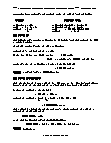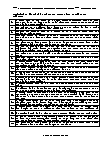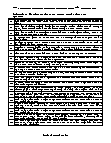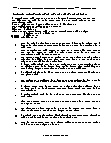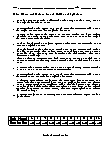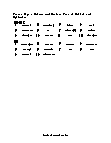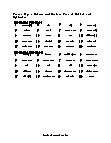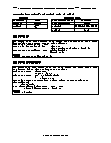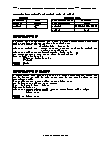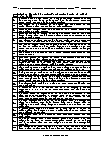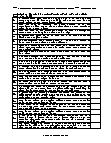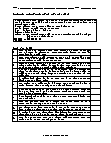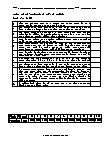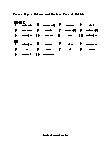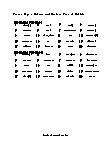Volume and Surface Area of Solids Worksheets
What is Surface Area and Volume? Surface area and volume are calculated for any three-dimensional geometrical shape. The surface area of any given object is the area covered or region occupied by the surface of the object. Whereas volume is the amount of space available in an object. We have learned so far in geometry about different shapes and sizes such as sphere, cube, cuboid, cone, cylinder, etc. Each shape has its surface area as well as volume. But in the case of two-dimensional figures like square, circle, rectangle, triangle, etc., we can measure only the area covered by these figures and there is no volume available. Now, let us see the formulas of area and volume for different shapes. Area - The space occupied by a two-dimensional flat surface. It is measured in square units. Generally, Area can be of two types Total surface area and curved surface area. Total surface area refers to the area including the base(s) and the curved part. Curved surface are a (lateral surface area) refers to the area of only the curved part excluding its base(s). Volume - The amount of space, measured in cubic units, that an object or substance occupies. Some shapes are two-dimensional, so it does not have volumes. Example, Volume of Circle cannot be found, though Volume of the sphere can be. It is so because a sphere is a three-dimensional shape.
-
Basic Lesson
Guides students through basic skills of this unit. The height of an open cylinder is 9 inches and the volume is 236 π cubic inches. Find the surface area of this cylinder.
View worksheet -
Intermediate Lesson
Demonstrates how to use a variety of methods to determine the same answer.
View worksheet -
Independent Practice 1
A really great activity for allowing students to reinforce the concept of Volume & Surface Area of Solids & Cylinders. Example: A water tank in the shape of a right circular cylinder which is open from top is 67 ft long and 10 ft in diameter. How much sheet metal was used in its construction?
View worksheet -
Independent Practice 2
Students draw and Volume & Surface Area of Solids & Cylinders in assorted problems. The answers can be found below. Sample: Suppose a swimming pool in the shape of a hemisphere is 35 m wide. How much water is needed to fill the pool? Round your answer to one decimal place.
View worksheet -
Homework Worksheet
Students are provided with problems to achieve the concepts of Volume & Surface Area of Solids & Cylinders. Example: Soda is sold in aluminum cans that measure 8 inches in height and 3 inches in diameter. How many cubic inches of soda is contained in a full can?
View worksheet -
Skill Quiz
This tests the students ability to master Volume & Surface Area of Solids & Cylinders.
View worksheet -
Basic Lesson
Guides students through the use of various volume and surface area equations of solids. Example: The height of an open cylinder is 12 inches and the volume is 239 π cubic inches. Find the surface area of this cylinder.
View worksheet -
Intermediate Lesson
Demonstrates how to use this skill in real world problems. Sample: A contaminated soil covers an area of 2 acres. Anthony must remove the top 17 inches of soil in this area. What is the total volume of the contaminated soil?
View worksheet -
Independent Practice 1
A really great activity for allowing students to understand the concepts of the Volume of Solids. Example: How much cement is needed to build a sidewalk that is 530 feet long, 5 feet wide and 8 inches thick? Round your answer to the nearest cubic foot.
View worksheet -
Independent Practice 2
Students use Volume of Solids in 20 assorted problems. The answers can be found below.
View worksheet -
Homework Worksheet
Students are provided with 12 problems to achieve the concepts of Volume of Solids.
View worksheet
How to Determine the Surface Area and Volume of Cylinders?
If you have ever wondered what a cylinder looks like, then look at the shape of a soda can. A cylinder is of the exact same shape as the soda can. Mathematically, a cylinder is defined as the solid figure that has two parallel circles of the same measurements present at the top and the bottom. These two circles form the bases of the cylinder. The distance between these two circles is known as the height of the cylinder. Note that for cylinders, the height and the sides are perpendicular to the two bases. Before we start calculating the area and volume o the cylinder, we need to know a few terms: Radius: The radius of the cylinder is the distance from the edge to the center of the circles at both ends. Height: The height of the cylinder is the distance between the two bases. It is also referred to as the length of the cylinder. Surface Area of a Cylinder The surface of a cylinder is the sum of surface area of two circles at the ends and the surface area of the outside of the tube. The formula used for finding the surface area the cylinder is written as: Surface Area = 2 π r2 + 2 π rh Where, r= radius, h=height, π =3.14. Volume of A Cylinder The volume of a cylinder is defined as the space taken up inside the cylinder. The formula for finding the volume of the cylinder is written as: Volume = π r2 h Where, r= radius, h=height, π =3.14.
(P. Erdos)
"A mathematician is a device for turning coffee into theorems." Addendum: American coffee is good for lemmas.
